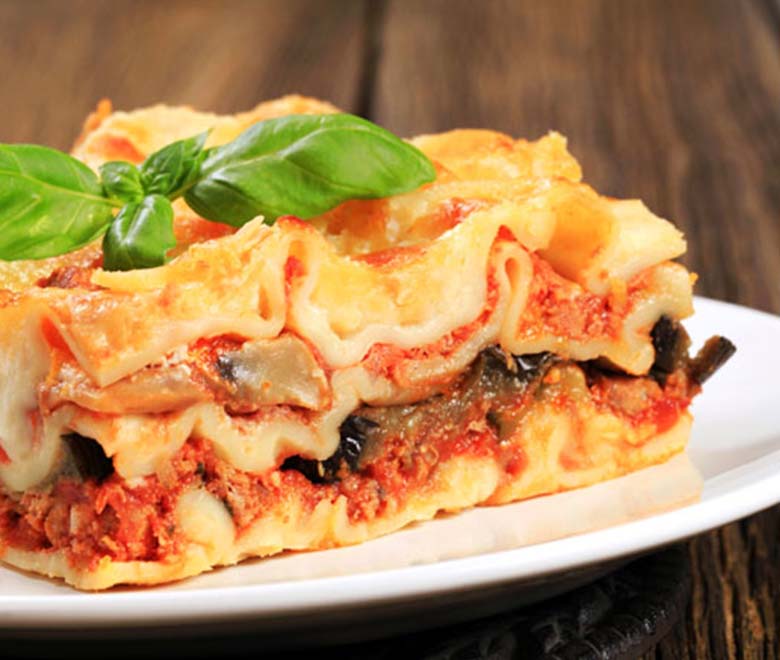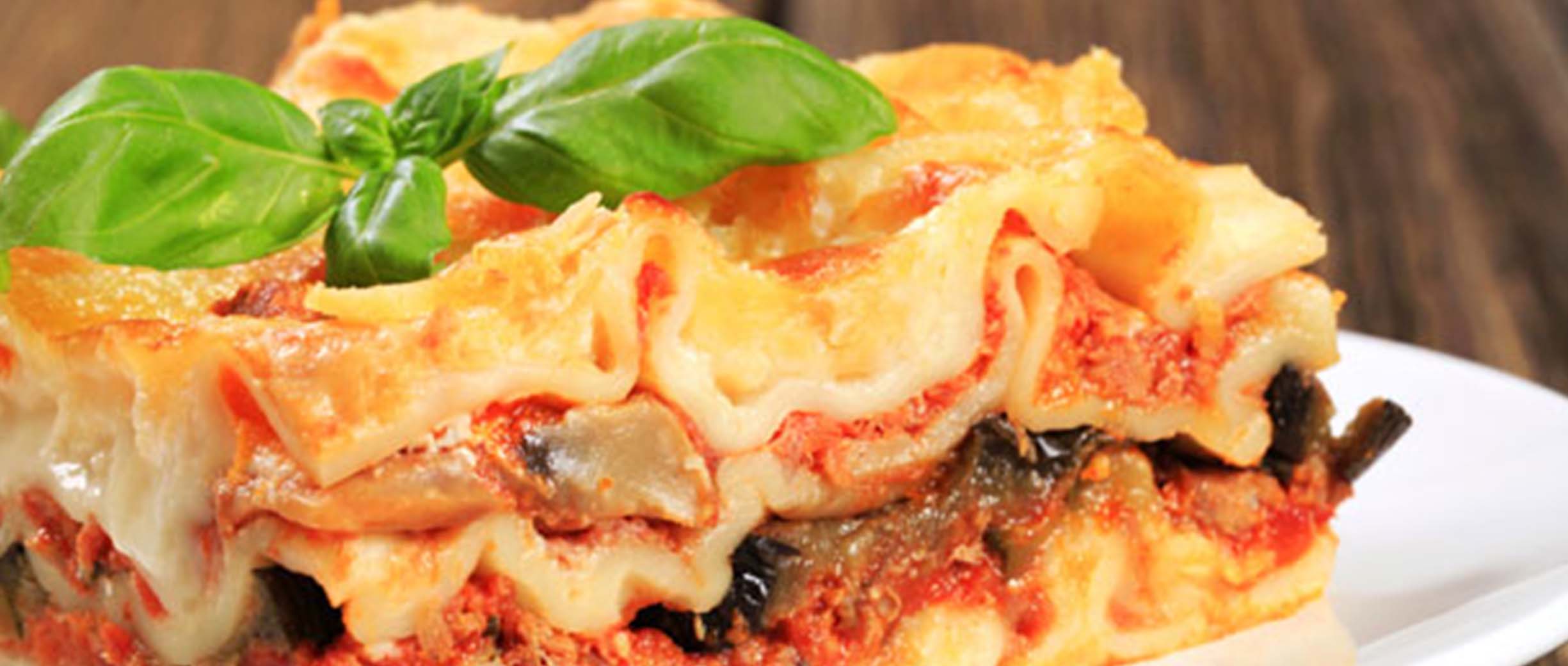Let’s be honest: kids are smart. Big and little kids alike can be food detectives, especially when it comes to new ingredients altering their favorite dishes. Even if you think you are being sneaky by adding pureed, minced or milled, fruit, vegetables or beans into everyday dishes, they will likely suspect and comment on their presence.
A better strategy is to avoid being covert or overt – just act natural! As a dietitian and mom, I make plenty of recipe substitutions for health benefits and taste preferences. For example, I’ve added:
- baby food plums to cut back on oil and sugar;
- zucchini to whole grain muffins to boost moisture and fiber;
- bananas to oat waffles to cut down on calories from oil and to save room for the calories from crushed walnuts!
I don’t consider this as being deceptive - it’s a healthy modification. It provides a diversity of tastes and textures all while boosting antioxidants, fiber and bulk.
Why You Should Substitute Ingredients
Remember, vegetables help lower calorie intake, by creating fullness with their high water and lower calorie content. One study demonstrated preschool children consumed nearly twice as many vegetables and 11 percent fewer calories over the course of a day when researchers added pureed vegetables to the children's favorite foods.
The same study showed that kids like the vegetable enhanced foods just as much as the regular. As it is, many children get too much saturated fat, sodium, sugar and refined flours. By boosting healthier ingredients and subtracting less healthful ingredients you’re improving your child’s health today and setting them up for a healthy future.
So instead of being sneaky –get them involved. Ask them what pureed, minced or milled fruit, veggie or bean concoction they want to experiment with next time you’re cooking together. You can make it a fun experiment. Here are some ways to get more fruits, vegetables and beans into your kids snacks, meals and desserts.
1. Give pasta a new flair
Why not try veggie noodles? Spiralizers can be used with
zucchini, carrots and even sweet potatoes. Too further boost the veggie pasta, top with marinara. You can even add a couple beta-carotene rich tablespoons of canned pumpkin to your marinara, it will make it all the more creamy.
Pair favorites with new veggies. Children are less likely to enjoy unfamiliar foods, so when introducing a new fruit or vegetable it always helps to serve it with something they already love. For instance, if your kids love Bolognese, serve it with a new kind of high fiber, nutrient dense pasta, like lentil, black bean, or even quinoa pasta. Plus beans count as a protein source and are loaded with antioxidants and fiber.
2. Think color
Adding color contrasts, like strawberries to green salads or colorful veggie-slaws makes fruits, veggies and beans more appealing to kids. Salads don’t typically seem “kid friendly” but with a boost of color and a twist on the traditional, they can be a fun and tasty way to sneak in extra fruits and veggies.
Try a morning fruit salad by combining colorful fruits like melon, pineapple, berries and mango slices, all the colors and textures will be exciting for your little ones. Put frozen fruit in the fridge the night before to defrost in order to save on prep time. For veggie-slaws, try ready-made shredded broccoli stems, available at most grocery stores – substitute this for traditional cabbage slaw recipes and cut a part of the mayo with Greek yogurt.
3. Get creative with new combinations
Mix in hummus to your kids’ favorite balsamic vinaigrette for a creamier dressing that boosts beans and taste decadent; it’s a much more nutritious choice than Thousand Island or Ranch. Make dessert or snack time feel extra special by heating up chopped apples in the microwave, then mixing in warmed up canned pumpkin and vanilla yogurt.
Presentation is important for taste acceptability so combine ingredients to create a beautiful swirl and serve in a fun dish. Top mixture with a light sprinkle of crushed walnuts, granola and cinnamon. Check out these
12 fun ways to get your family to try nutritious foods.
4. Blend
Everyone loves Taco Tuesday, switch things up this week by adding some mushrooms to your ground turkey or ground lean meat tacos. If you chop the mushrooms small enough or use a food processor, your little ones won’t even notice them! The flavor and texture work so well together, your family will be asking for more.
5. Think outside the pizza box
Do your kids love pizza? If so, try cauliflower pizza. Cauliflower pizza crust has been trending for a while now, but not everyone has the time to pull out the food processor. The good news is, they now sell riced cauliflower at Trader Joe’s and at the supermarket, by Green Giant.
Swapping in cauliflower for pizza crust makes an easy way to include more veggies in your families diet. Even better, top the pizza off with tomato sauce and a good serving of veggies! If cauliflower pizza crusts seems too much of a stretch, try swapping mashed potatoes for
mashed cauliflower, your family likely won’t know the difference!
6. Try a new flour
If you’ve grown up on refined flour making the switch to whole grains can be tough. But most everyone loves waffles. Why not switch things up and make them whole grain? These
whole grain waffles, are so light and airy, your kids won’t believe they’re actually healthy for them! Of course, topping with fresh fruits and nuts is always a bonus.
7. Be smooth
Smoothies are the perfect way to sneak in extra fruits and vegetables, and with warm weather just around the corner, they are a perfect way to cool down. When mixed with fruit, adding in a handful of spinach or kale will go completely unnoticed. To make a creamy, ice-cream like smoothie add frozen fruits, such as banana or mango.
8. Say yes to beans
Black beans and brownies? I know what you are thinking, but trust me on this one! This is an easy way to boost you’re fiber and sneak in extra plant protein, associated with better health. While it seems like a strange combination, adding beans actually lends to the moistness of the brownie. Play it cool and no one will know the difference!
9. Rework family favorites
For example, mac-n-cheese is a stand in for many homes. Punch up the nutrition by using quinoa macaroni style noodles and adding in broccoli bits. Try this
mac-n-cheese with broccoli and walnuts in place of the usual family favorite!
Another example is lasagna – a favorite at my house. Layer it with any vegetables to replace some of the cheese. Some that work particularly well in lasagna are spinach, thinly sliced zucchini and/or eggplant. You can even puree silken tofu to cut 1/4 of the ricotta cheese.
10. Introduce healthy dips
Ask your children to help you cut up a rainbow of raw vegetables. If you don’t have time during the week, organize this as a family activity on Sundays so that they are always on hand. Instead of pairing the vegetables with cream and cheese based dips, try bean, fruit (think mango salsa) or vegetable based dips.
The smooth consistency of hummus, black bean and avocado (guacamole) dips are perfect compliments to the crunch of raw vegetables. Blended veggies with Greek yogurt and herbs can also boost veggies while increasing calcium intake. These dips make for great after school snacks, plus, they are providing your children with protein, fiber, healthy fats, and a wide variety of vitamins, minerals and antioxidants.
Remember getting your kids involved in meal planning and preparation increases the likelihood they’ll accept new foods.
Teaching your kids how to make good food choices now will prepare them for a lifetime of good health.



